Sassermaet
The food heritage is an essential part of every culture's heritage, and the name of a dish is equally important. Sassermaet is a delicious traditional Shetland dish. The word sassermaet (pronounced /'sasərme̞t/) is a compound consisting of the elements sasser + maet: sasser (originally meaning 'chopped') derives from saks 'to cut, make incisions; incision(s), cut(s)' and is a descendant of Old Norse saxa 'to chop (up), to cut'; and maet (meaning 'food') derives from Old Norse matr 'food'. The word for "food" is still mat in Norwegian, Swedish and Gutnish, while it is mad in Danish, mæt in Westrobothnian and matur in Icelandic & Faroese. So the word for the dish literally means "chopped food", which is exactly what it is: beef minced with fat, rusks and seasoning. It is often reanalysed to and miss-spelled as "saucermeat" (and consequently mispronounced), but that entirely misses the point of the dish and its name: it never had anything at all to do with saucers, and the second component was never the StE "meat" but always the Shaetlan word for food, ie maet.
Old English mete/mæte also meant 'food' and has the same ancestor as ON matr: Proto-Germanic *matiz 'food'. So the meaning of 'food' is not Shetland specific, and could, theoretically, also derive from or be reinforced by the Scots heritage of Shaetlan. The meaning of 'food made of flesh' started appearing in the descendants of OE in the 13C, but the old meaning is still left Modern English in such compounds as sweatmeat, bakemeat, milkmeat, etc.

